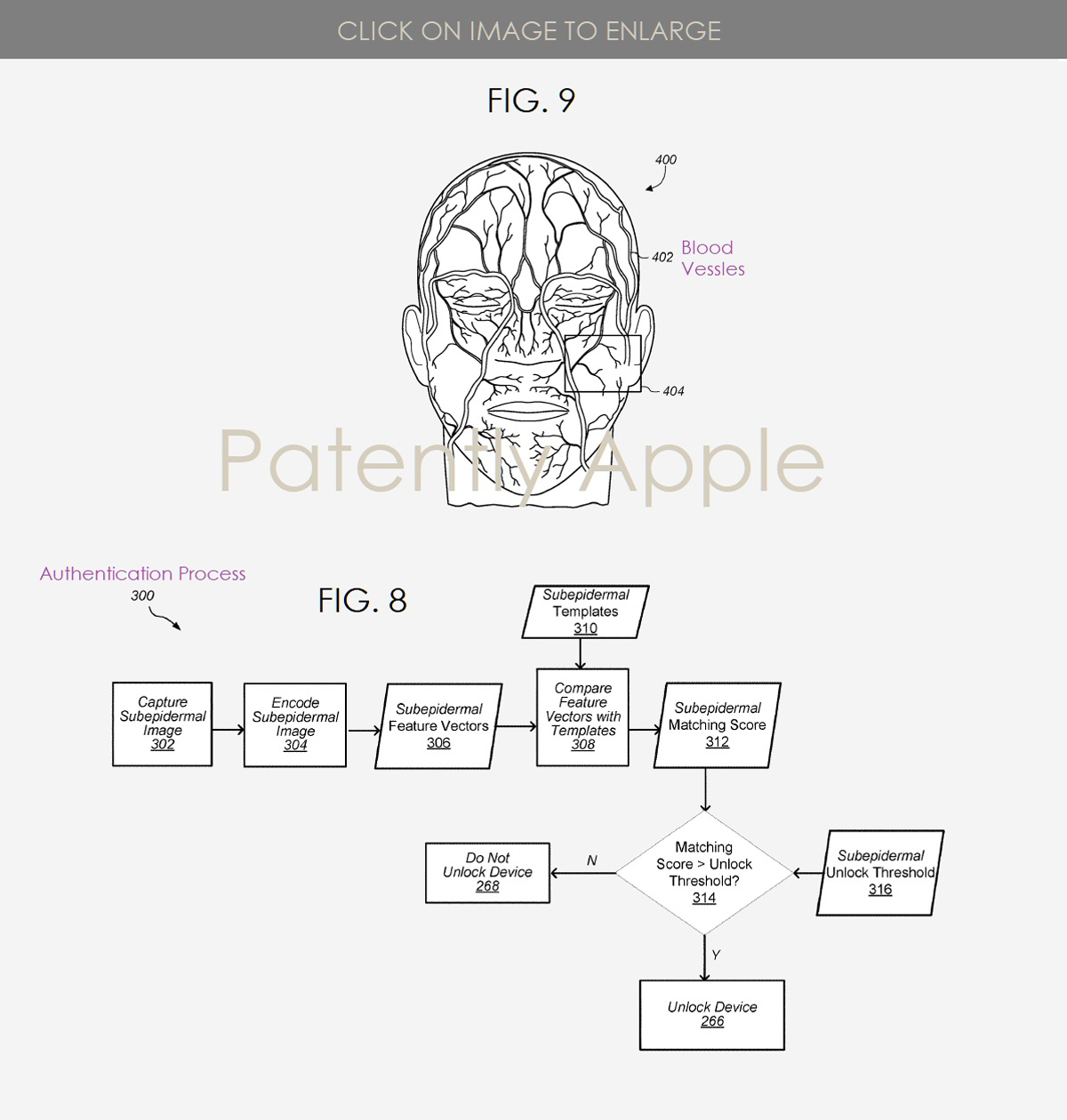Face ID is one of the security features included in iPhones, which allows a user access to the device by verifying their identity via the front-facing camera. That’s all fine and dandy, but users have reported that the system can also be easily tricked by a doppelganger or even a relative. So it’s no wonder that Apple is pursuing new technologies such as this to further minimise the chance of errors. According to the patent, the technology will use subepidermal imaging and machine learning to distinguish between faces and lowering the chance of false positives during scans. The document noted that the tech will be capable of identifying veins in the subepidermal layers of the face, which are typically unique to an individual. In addition, vein patterns are also different between different individuals – even siblings or twins. As with most patents, there’s a chance that Apple may not pursue this technology at all. Even if they are, it’s unlikely that they’ll include this with the iPhone 12 this year. Perhaps we’ll be introduced to this new version of Apple Face ID on future iPhone models in the coming years. (Source: Patently Apple)
